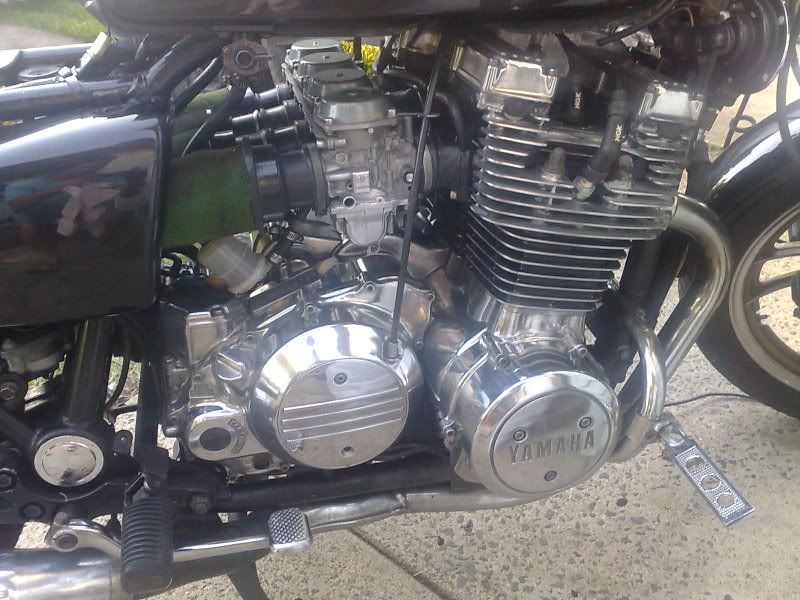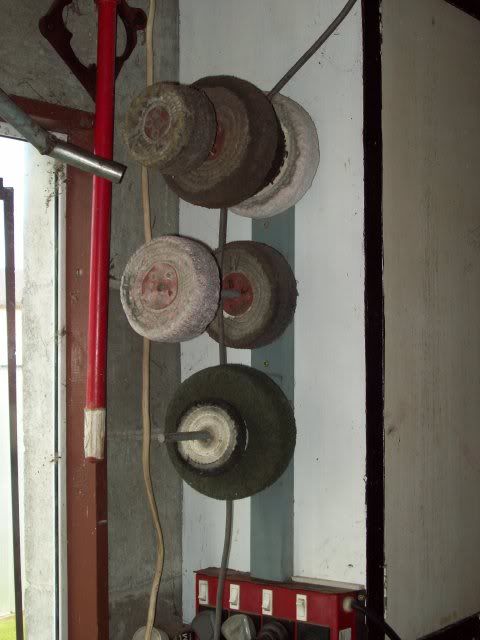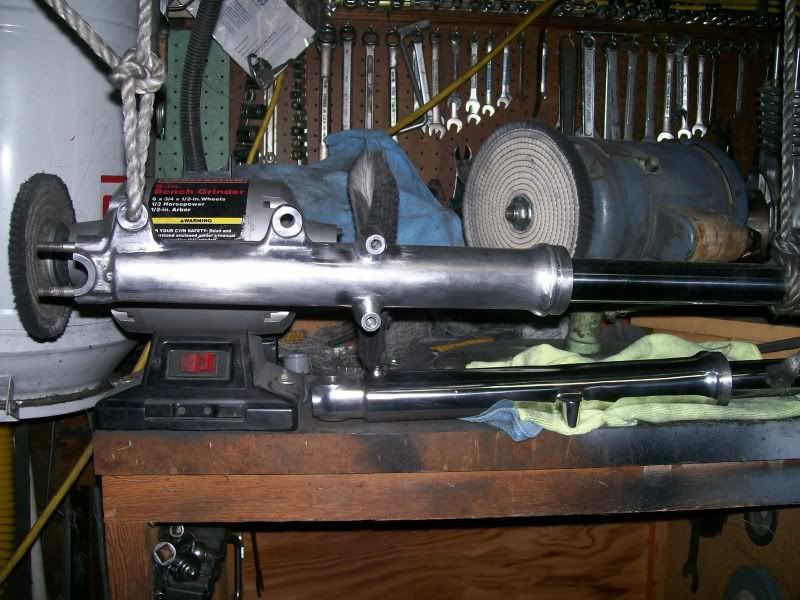Well I think I get the drift...
Forgive me for showing my newbness by freaking out about everything turning black...I didn't realize its suppose to.. here is what a little toying around did for me...

...phone doesn't do it justice.
The tool I am using is called a RotoZip. I have never actually used a dremel, but the roto is quite nice because it has adjustable rpm's from 10k to 30k...seems to do the trick, I would get a bench but I am trying to cut costs so this will have to do.
This was without stripping, just soda blasting. But my larger pieces will definitely be stripped.
Thanks for the help.
Forgive me for showing my newbness by freaking out about everything turning black...I didn't realize its suppose to.. here is what a little toying around did for me...

...phone doesn't do it justice.
The tool I am using is called a RotoZip. I have never actually used a dremel, but the roto is quite nice because it has adjustable rpm's from 10k to 30k...seems to do the trick, I would get a bench but I am trying to cut costs so this will have to do.
This was without stripping, just soda blasting. But my larger pieces will definitely be stripped.
Thanks for the help.











Comment